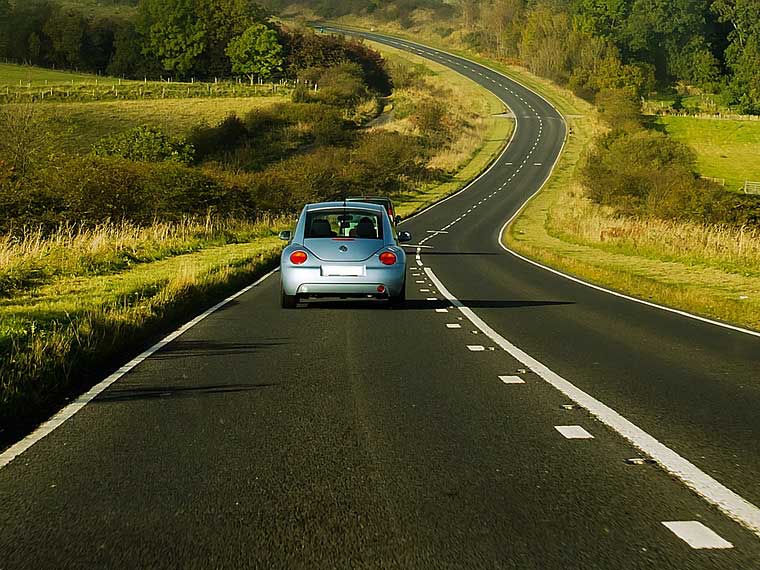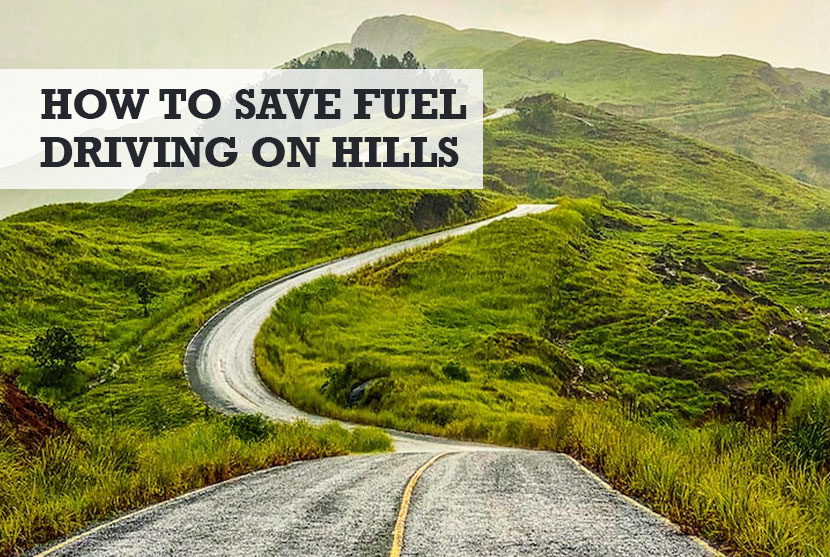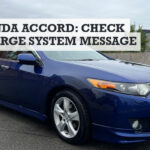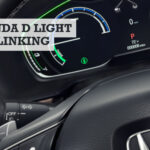There is a lot of misinformation about how certain driving habits can help with fuel economy. But there are some facts that are undeniably true, one of which is how you drive on hills can impact on fuel usage.
Unlike driving on smooth or flat roads, driving uphill or downhill consumes more fuel than normal. This is because the engine requires more power to pull the vehicle up the hill and accelerating too fast downhill uses up more fuel.
However, there are several driving techniques you can adopt to help you save fuel when driving on hills.
What driving habits or techniques can you employ to save fuel when driving on hills? Just remember that cars use less fuel at a constant low speed.
To save fuel when driving on hills, accelerate slowly when going uphill. And when driving downhill, take your foot off the pedal to coast down. Using the air conditioner sparingly will also save you fuel.
There are different driving habits you can adopt to save fuel while driving on hills. In this article are some driving techniques that can save you fuel when driving on hills and some safety tips for driving on hills. Keep reading to see how you can cut down on your trips to the fuel station!
How to conserve fuel when driving on hills
Driving on flat terrain puts little strain on your vehicle’s engine. However, driving up steep inclines may overwork your car’s engine, resulting in increased fuel usage. Accelerating downhill also increases fuel consumption.

When driving on hills, whether with a manual or automatic transmission, you can reduce fuel consumption by employing the following driving habits and practices.
1. Accelerate Slowly
When you accelerate quickly, your car consumes more fuel. When driving uphill, accelerate slowly by lightly pressing the gas pedal.
You tend to consume more fuel if you press down hard. Accelerating slowly and steadily will help you conserve more fuel.
2. Plan your trips
Driving uphill imposes a mechanical strain on your vehicle’s drivetrain and demands additional power. The more energy your vehicle requires, the more fuel it consumes. To save money on gas, organize your trips so that you don’t have to make multiple trips.
Handy Hint: Here’s how many miles you can expect to get from one gallon of gas.
3. Drive at lower speeds
Driving at high speeds causes your vehicle to consume more fuel. Maintaining a speed between 55 and 65 mph will allow you to attain the best fuel economy. Do this only if the speed limit permits.
4. Coast to Stop
Driving up and downhill places an additional load on your vehicle’s major components. The pressure will be felt by your car’s engine and brakes.
You use more fuel than necessary by slamming on the brakes abruptly when you need to stop. When traveling downhill, take your foot off the gas and only use the brake when necessary.
Also, downshift to a lower gear and coast downhill with your car’s momentum. This prevents frequent braking and saves fuel.
5. Use the AC sparingly
Using the air conditioning system, like some other components in your car, consumes more fuel. When you use your air conditioner, your fuel consumption can increase by up to 20%.
The alternator, which is powered by the engine, requires more power so that the air conditioner can function. Instead of leaving the AC on all the time, try rolling down your windshield to recirculate air. This increases fuel efficiency and keeps the engine from overheating when driving uphill.
6. Ensure your tires are well inflated
Proper inflation increases gas mileage. Check that your tires are properly inflated to the required pressure. The required pressure can be found on the car door, in the glove compartment, or in the owner’s handbook.
Your car will use less fuel and be safer to drive if your tires are properly inflated. A car with tires that are 10 psi underinflated increases fuel consumption by 5%.
Tips to drive safely on hills
Driving on hills can be challenging. There are several things you must be aware of to drive safely and protect other road users.
Here are some pointers to guide you when driving on hills:
1. Downshift before going downhill.
Whether you have a manual or automatic transmission, use a low gear to descend hills. It reduces the strain on your vehicle’s engine and brakes. You’ll also be able to control your speed better.
Make sure you do this before starting downhill, as changing gears on a steep incline could be dangerous. Also, instead of slamming the brakes, apply them gently and gradually.
2. Keep your distance from the next vehicle
Allow 4-10 seconds between you and the vehicle ahead when driving uphill. This is especially crucial when approaching curves.
When driving uphill, you’ll need extra time to respond to any unexpected events. A vehicle ahead may stall or roll back. When driving behind a truck or big vehicle, keeping your distance is critical.
How do you determine your distance? You can count “one-one thousand, two-one thousand” until your vehicle passes the specified landmark after watching the vehicle ahead of you pass it.
Allow at least 4 seconds between you and any car ahead of you, depending on the slope of the hill. Allow at least 10 seconds for steeper hills.
3. Engage the parking brake when you park on a hill
Whether the road is very inclined or slightly inclined, when parking your car always engage the parking brake. The handbrake prevents your vehicle from rolling backward.
The parking brake, often known as a handbrake, is located in the center console of your vehicle or next to the gas and brake pedals.
FAQs on fuel economy when on hills
Which gear is best for driving uphill?
It is determined by the incline. However, the 3rd gear provides enough torque to maintain a reasonable speed. The D1 or D2 gears also keep your RPMs high, giving your vehicle additional climbing power and speed.
Although not all automatic vehicles have D3 gear, the majority do have D1 and D2 gear.
For steep slopes, start in first gear, leave it in first for up to 30-35 kmph, and then shift into second. After this, you’ll know how the car is performing in relation to how steep the slope is.
Don’t rev the engine, it will use more fuel.
What is the most fuel-efficient speed to drive at?
Vehicles reach optimal fuel economy at different speeds. But a study has shown that the most efficient speed you can drive at to achieve the best fuel economy is 55-65mph. Gas mileage rapidly falls as speed increases. Driving at 85 mph, for example, consumes 40% more fuel than driving at 70 mph.
Don’t drive in neutral under the mistaken idea that you’re saving gas. Instead, match your speed to the right gear. Modern fuel-injected vehicles burn more fuel when in neutral because they consider the vehicle to be idle.
Does driving slowly save fuel?
Driving slowly doesn’t mean better fuel efficiency. Cars reach their optimal fuel efficiency at different speeds. But due to tire rolling resistance and air resistance, speeding increases fuel consumption and affects fuel economy. Reducing your speed by 5 to 10 mph can increase fuel economy by 7%-14%. You can put your car on cruise control to maintain a constant speed.
Does driving uphill use more fuel?
Driving uphill does use more fuel. It’s because your car’s engine has to use more power to pull the vehicle up the hill and incline.
Conclusion
To conclude, you should go slower when going up a hill. When going down a hill, take your foot off the pedal to coast down. This will help you to save on fuel.
More simple car guides…
- Can my car battery die when driving?
- Why does a car go low on oil but there’s no obvious leak?
- Why cars smell like burnt rubber
Hill photo via https://unsplash.com/photos/YdjrYLvLO5Y






